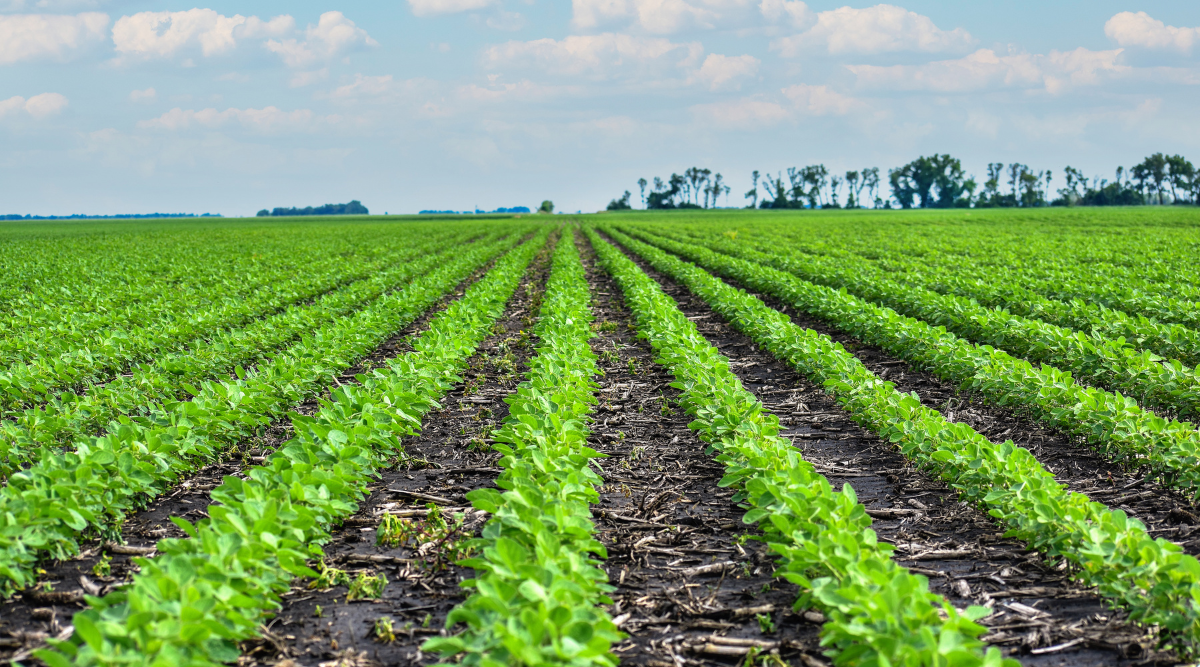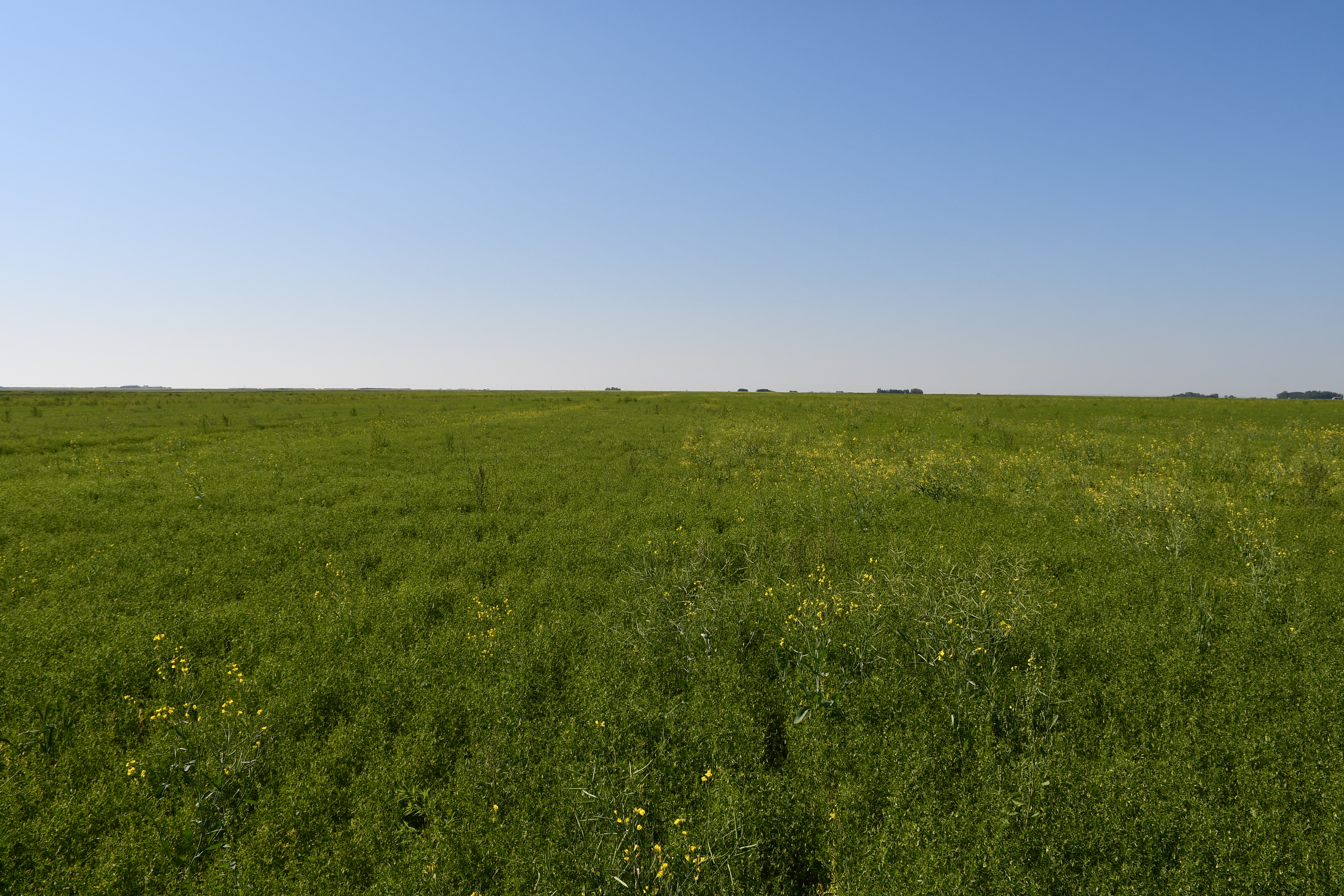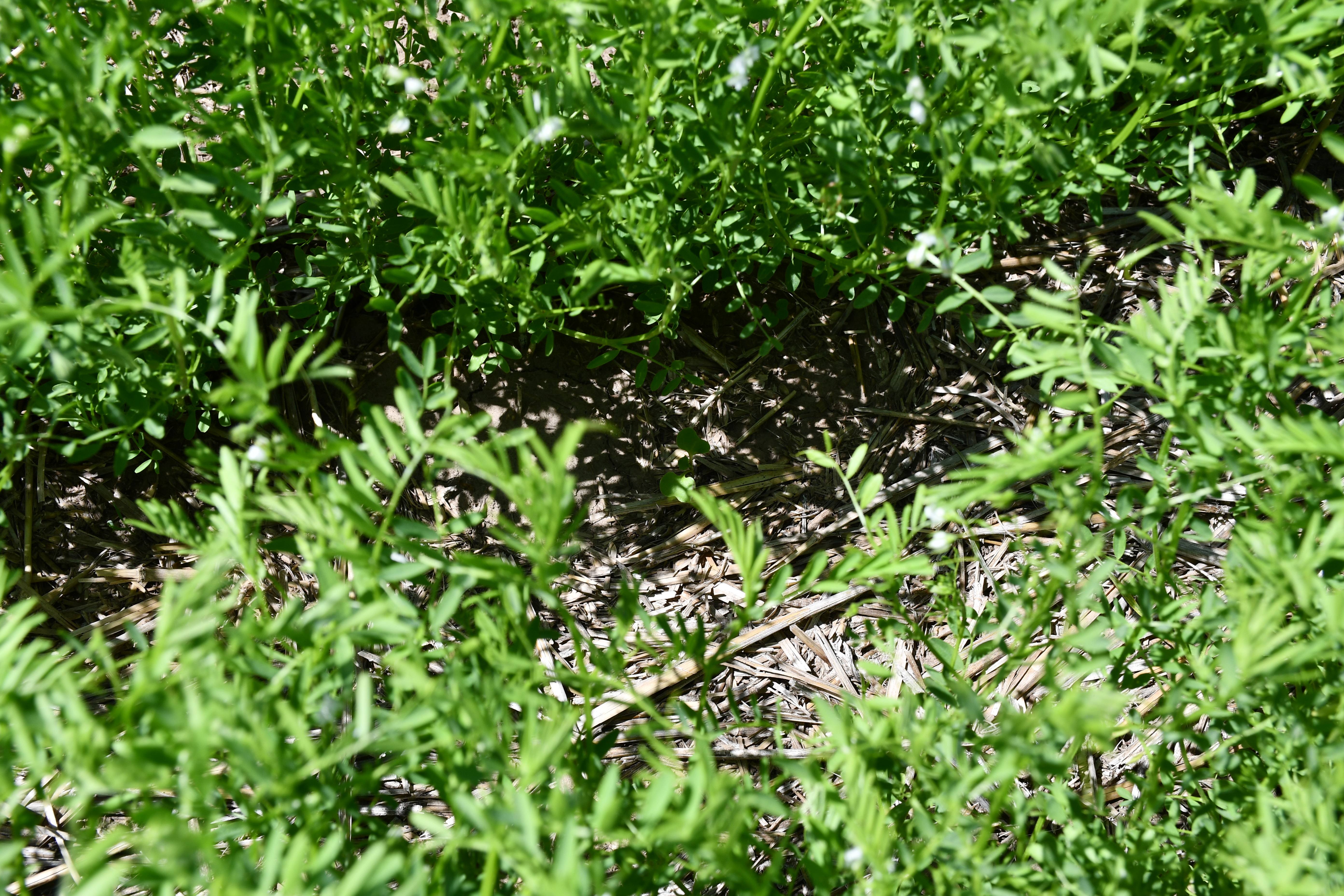Cultural Weed Control in Non-competitive Crops

Controlling weeds in non-competitive crops requires more than herbicides. Increasing plant population enhances shading, limiting weed growth. Precision seed metering and placement reduce inter-plant competition, improve survivability, and maximize yield—especially important when herbicide options are limited and input costs are high.
Controlling problematic weeds is essential for growing successful crops. In years with limited moisture and high fertilizer costs, it’s critical to allow crop plants to maximize resource uptake by minimizing competition from “plants out of place.” When herbicide effectiveness is reduced—due to resistance, limited options, or the crop’s non-competitive nature—cultural weed control practices become even more important. One of the most effective practices in non-competitive crops is increasing plant population.

Less competitive crops often have shorter stature or reduced biomass. Since limiting sunlight access is key to preventing weed establishment, crops with less leaf and stem area require higher plant populations to provide adequate shading. Although increased plant population can lead to more inter-plant competition, it’s preferable for cash crops to compete and produce yield rather than allowing weeds to absorb nutrients without value. This impacts both current yield and future seasons, as weeds may produce viable seeds that hinder subsequent crop development—especially if herbicide resistance is present.

Reducing competition between crop plants while increasing plant population requires precision seed metering and placement during seeding. Consistent spacing and depth help crops reach their full growth potential, suppress weeds, and deliver a stronger return on investment—particularly important for high-value, non-competitive crops.